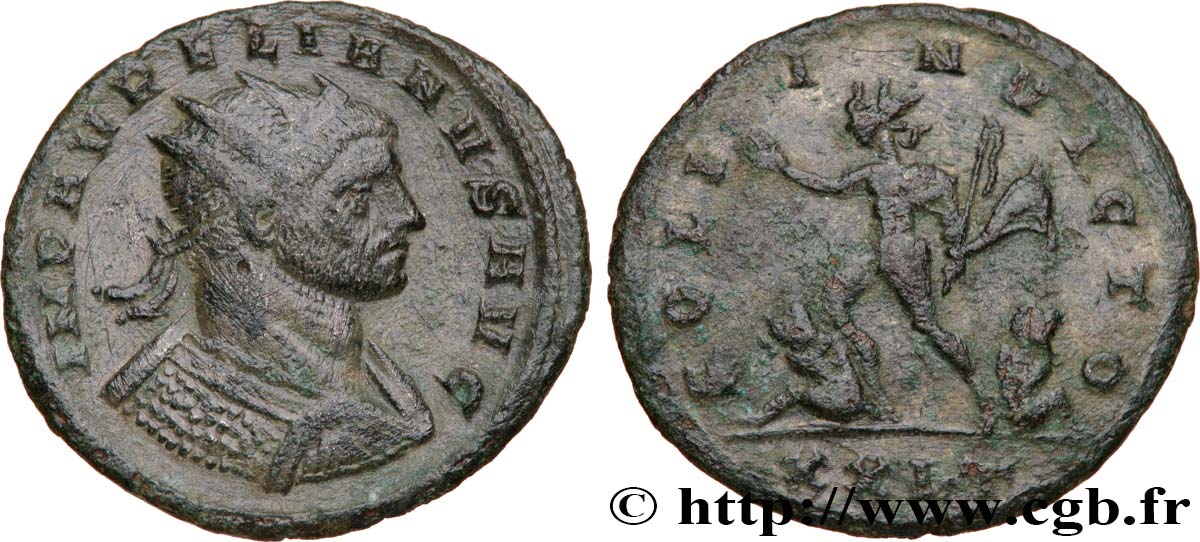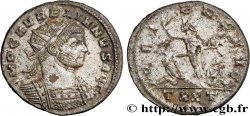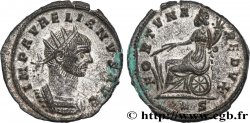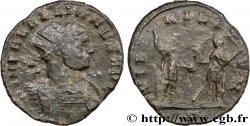E-auction 603-572887 - brm_548303 - AURELIAN Aurelianus
You must signin and be an approved bidder to bid, LOGIN TO BID. Accounts are subject to approval and the approval process takes place within 48 hours. Do not wait until the day a sale closes to register. Clicking on « bid » constitutes acceptance of the terms of use of cgb.fr private e-auctions.
Bids must be placed in whole Euro amounts only. The sale will start closing at the time stated on the item description; any bids received at the site after the closing time will not be executed. Transmission times may vary and bids could be rejected if you wait until the last second. For further information ckeck the E-auctions F.A.Q.
NO BUYER'S FEE.
NO BUYER'S FEE.
| Estimate : | 250 € |
| Price : | 201 € |
| Maximum bid : | 206 € |
| End of the sale : | 04 November 2024 14:13:20 |
| bidders : | 10 bidders |
Type : Aurelianus
Date: avril - novembre
Date: 274
Mint name / Town : Serdica
Metal : billon
Millesimal fineness : 50 ‰
Diameter : 21,5 mm
Orientation dies : 12 h.
Weight : 3,41 g.
Rarity : R3
Officine: 3e
Coments on the condition:
Bel exemplaire de frappe fine au droit. Patine vert foncé
Catalogue references :
Obverse
Obverse legend : IMP AVRELIANVS AVG.
Obverse description : Buste radié et cuirassé d’Aurélien à droite, vu de trois quarts en arrière (B4).
Obverse translation : “Imperator Aurelianus Augustus”, (L’empereur Aurélien auguste).
Reverse
Reverse legend : SOLI - I-NVICTO// XXI.T..
Reverse description : Sol (Le Soleil) radié, nu, le manteau sur l’épaule gauche, debout à gauche, levant la main droite et tenant un fouet de la gauche ; à ses pieds, de chaque côté, un captif assis, les mains liées dans le dos.
Reverse translation : “Soli Invicto”, (Au Soleil Invincible).
Commentary
Type absent du catalogue de La Venèra. Correspond au RIC temp. n°2716 qui ne recense que 4 exemplaires !.
Type absent from the La Venèra catalog. Corresponds to RIC temp. n°2716 which only lists 4 copies!
Type absent from the La Venèra catalog. Corresponds to RIC temp. n°2716 which only lists 4 copies!








 Report a mistake
Report a mistake Print the page
Print the page Share my selection
Share my selection Ask a question
Ask a question Consign / sell
Consign / sell
 Full data
Full data









